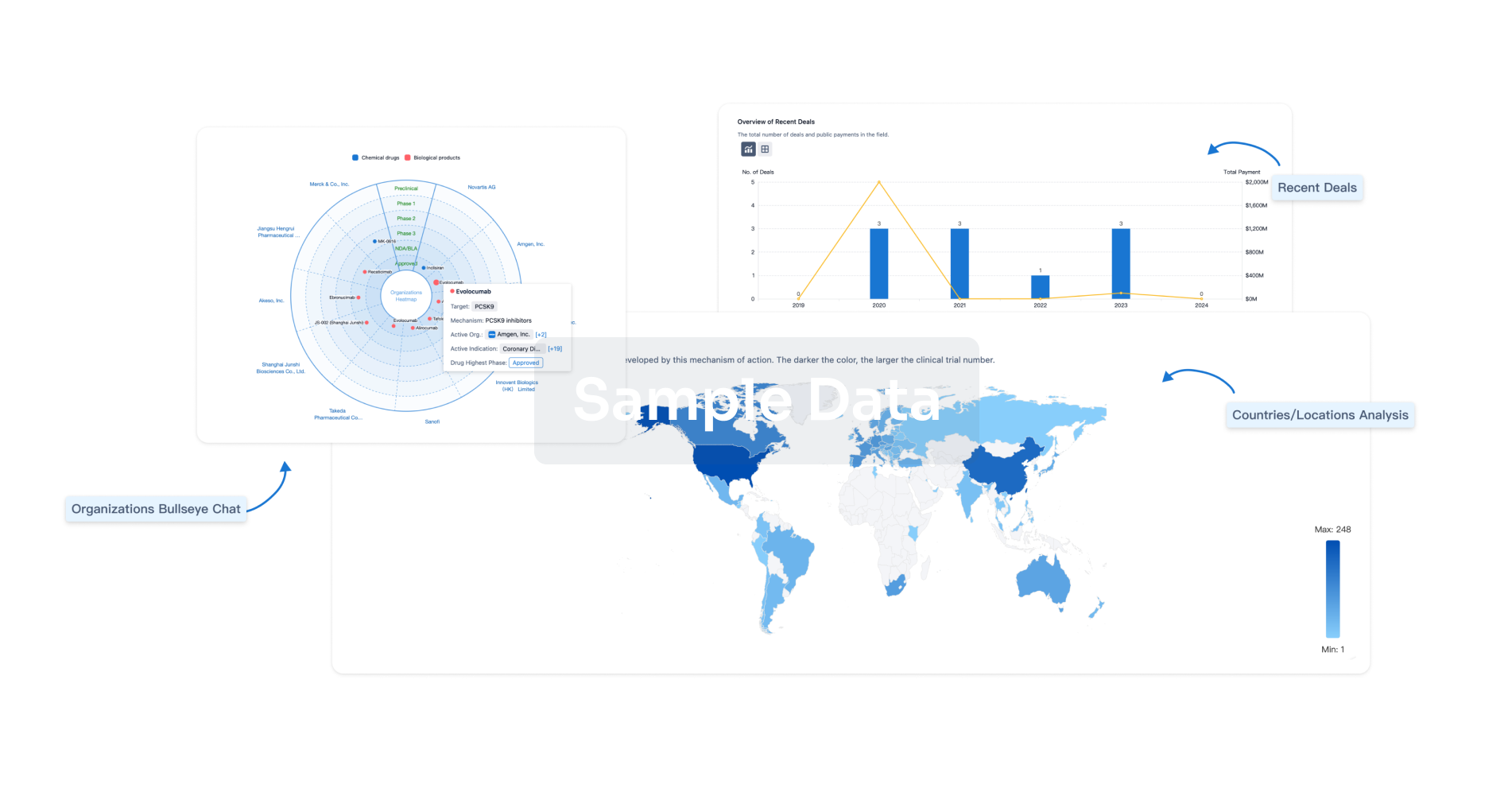Request Demo
Last update 08 May 2025
PIP4K2C x PIP4K2A
Last update 08 May 2025
Related
1
Drugs associated with PIP4K2C x PIP4K2ATarget |
Mechanism PIP4K2A inhibitors [+1] |
Active Org. |
Originator Org. |
Active Indication |
Inactive Indication- |
Drug Highest PhasePreclinical |
First Approval Ctry. / Loc.- |
First Approval Date20 Jan 1800 |
100 Clinical Results associated with PIP4K2C x PIP4K2A
Login to view more data
100 Translational Medicine associated with PIP4K2C x PIP4K2A
Login to view more data
0 Patents (Medical) associated with PIP4K2C x PIP4K2A
Login to view more data
9
Literatures (Medical) associated with PIP4K2C x PIP4K2A01 Aug 2024·European Journal of Pharmacology
Potency and efficacy of pharmacological PIP4K2 inhibitors in acute lymphoblastic leukemia
Article
Author: Machado-Neto, João Agostinho ; Lima, Keli ; Velloso, Elvira Deolinda Rodrigues Pereira ; da Silva, Wellington Fernandes ; Cipelli, Marcella ; Leal, Aline de Medeiros ; Schuringa, Jan Jacob ; Câmara, Niels Olsen Saraiva ; Pereira-Martins, Diego Antonio ; Nogueira, Frederico Lisboa ; Carvalho, Maria Fernanda Lopes ; Nardinelli, Luciana ; Bendit, Israel ; Cavaglieri, Rita de Cássia ; Rego, Eduardo Magalhães
01 Dec 2021·BMC Medical GenomicsQ4 · MEDICINE
Signature RNAS and related regulatory roles in type 1 diabetes mellitus based on competing endogenous RNA regulatory network analysis
Q4 · MEDICINE
ArticleOA
Author: Yao, Hanxin ; Shi, Qinghong
01 Feb 2021·Hepatology
C24‐Ceramide Drives Gallbladder Cancer Progression Through Directly Targeting Phosphatidylinositol 5‐Phosphate 4‐Kinase Type‐2 Gamma to Facilitate Mammalian Target of Rapamycin Signaling Activation
Article
Author: Zhang, Yonglong ; Zhang, Yuchen ; Wang, Hui ; Duan, Jinlin ; Wang, Haolu ; Wang, Jian ; Zhang, Lei ; Chen, Tao ; Liang, Xiaowen ; Qiao, Ke ; Qian, Shenjiao ; Liu, Yanfeng
Analysis
Perform a panoramic analysis of this field.
login
or

AI Agents Built for Biopharma Breakthroughs
Accelerate discovery. Empower decisions. Transform outcomes.
Get started for free today!
Accelerate Strategic R&D decision making with Synapse, PatSnap’s AI-powered Connected Innovation Intelligence Platform Built for Life Sciences Professionals.
Start your data trial now!
Synapse data is also accessible to external entities via APIs or data packages. Empower better decisions with the latest in pharmaceutical intelligence.
Bio
Bio Sequences Search & Analysis
Sign up for free
Chemical
Chemical Structures Search & Analysis
Sign up for free
